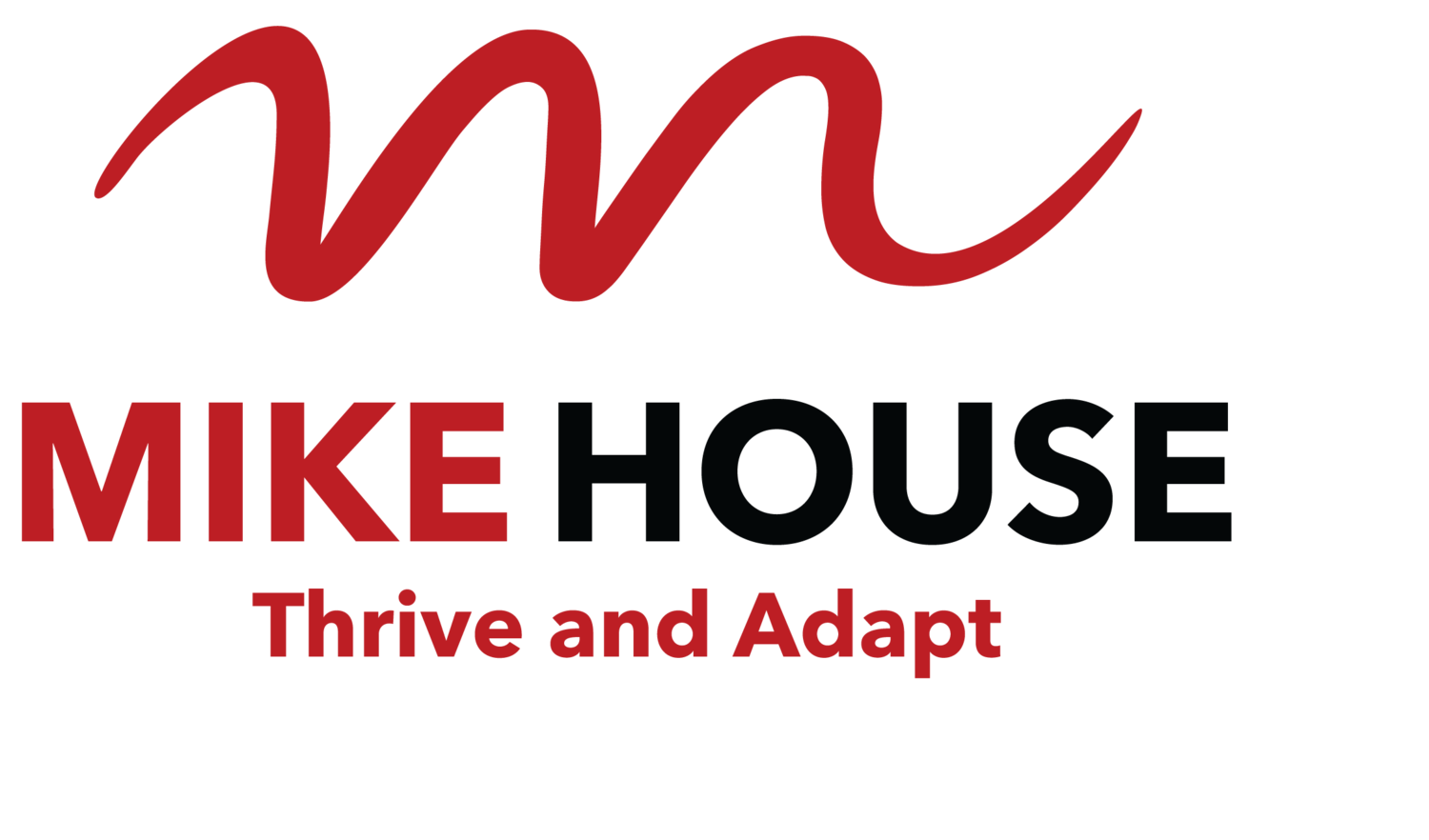Capacity for Empathy
/People close to me have gone through some challenging stuff in the last while. Some of it has been personal, some professional. In every case it’s been caused or exacerbated by a lack of empathy.
We have no idea what is happening in the whole of someone’s life. We usually just see the parts we are directly involved in or that they choose to share. Firing harsh shots at people has impacts, often far beyond what you see, and certainly beyond what you intend. Growing our capacity for empathy is part of the success recipe.
Many people at the moment are tired and maxed out in all kinds of ways. If you are also at or past your maximum it can be challenging to find empathy. Here are some mindsets I find helpful:
Assume people are acting with good intent, and to the best of their ability. What they are doing may not be ideal, but chances are they are doing the best they can with what they have.
Be Kind. Don’t fire harsh/cruel/provocative shots. There’s a saying that is attributed to many people, who knows where it actually came from - It suggests “Before you speak ask yourself if what you are going to say is true, is kind, is necessary, is helpful.” It’s great advice. Ideally tick all 4, but I reckon at least 3 of 4 is the threshold. Be especially mindful of this if you are feeling hurt or unjustly treated. Start with yourself - sometimes we can be our own harshest critic - My inner voice can say unkind things to me I would never say to someone else.
Focus on issues, not people. Help the people around you to do the same. A sub standard piece of work needs to be sorted, but don’t use it to attack the individual. Even if there are serious performance issues, deal with issues, don’t attack the person.
If you do stuff this up (and all of us have moments where we are more reactive than we wanted to be) genuinely apologise and do your best to repair the damage. Extend grace to others when they are trying to fix things with you.
When we are overloaded, tired, sick, hurting, grieving or struggling in other ways, none of this is easy. But it always gets us further and faster than the alternatives.














